How to Store and Display Liquid Galinstan
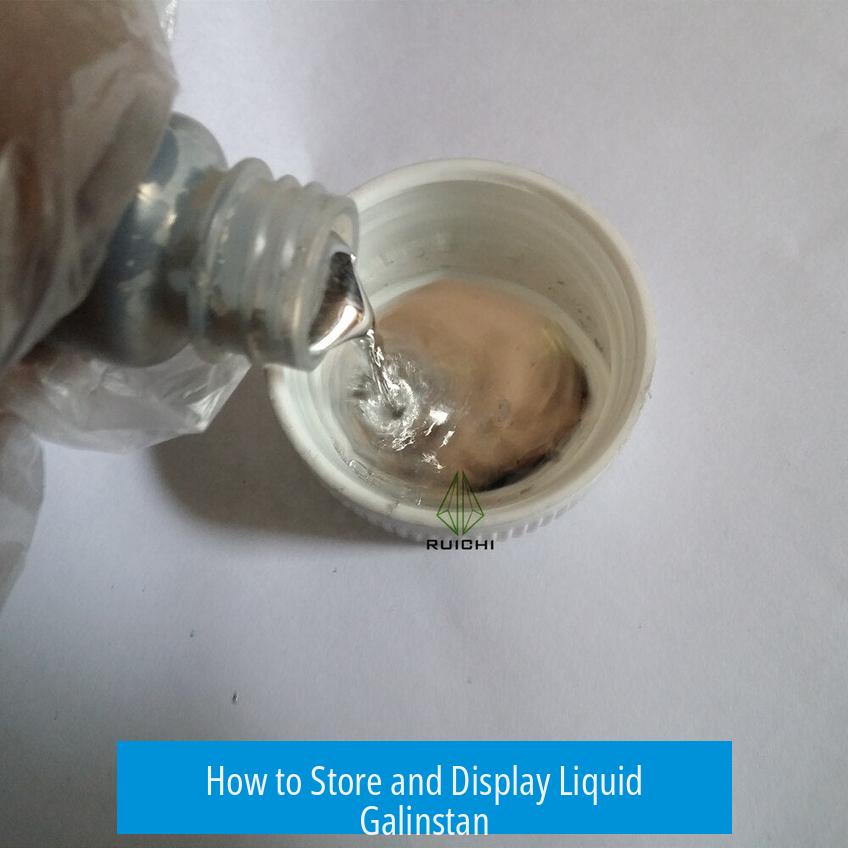
Liquid galinstan requires careful storage to minimize oxidation, with sealed containers being the most effective method. Despite inevitable oxidation, proper containment can slow this process considerably. This article details best storage and display practices for galinstan, a gallium-based alloy known for its liquid state at room temperature.
Understanding Oxidation Challenges
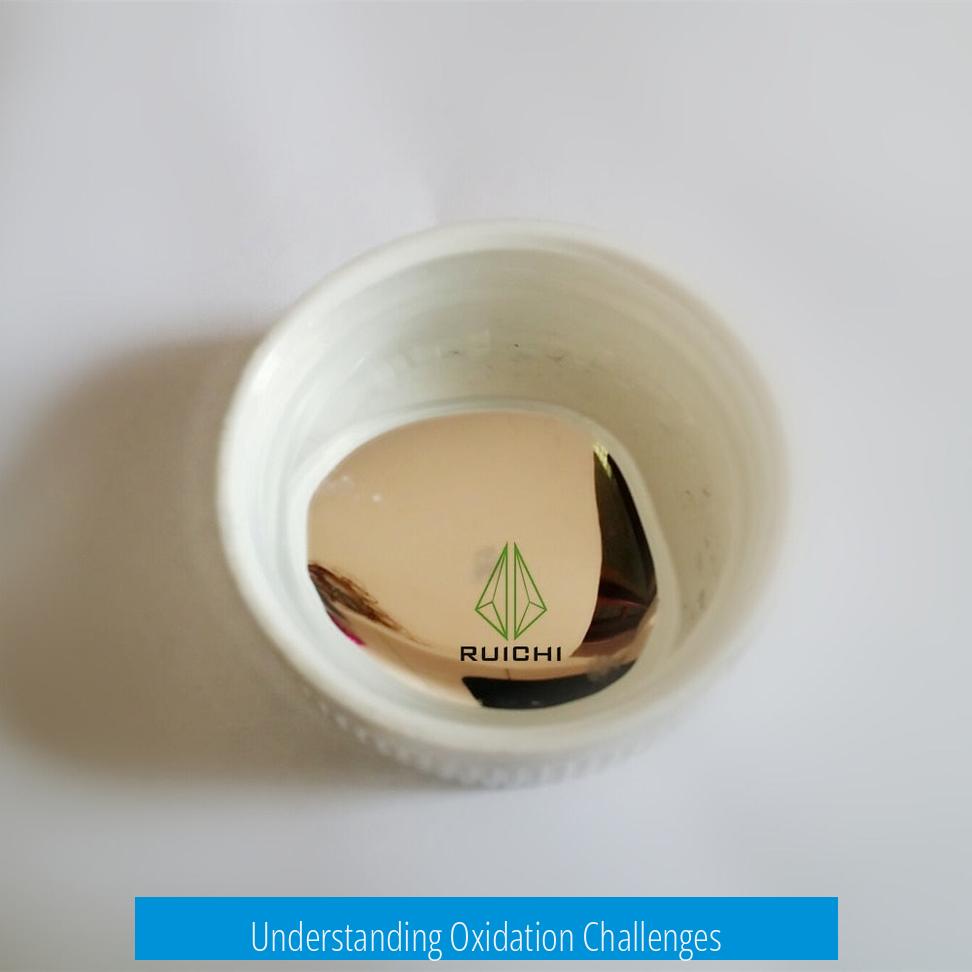
Galinstan oxidizes readily upon exposure to air. This reaction forms a surface oxide layer that can alter the liquid’s appearance and behavior. Oxidation cannot be fully prevented but can be significantly reduced by limiting air contact.
- Commercially, polythene containers are common for storing gallium and related alloys.
- These materials help reduce oxygen exposure to some extent but do not eliminate oxidation.
Optimal Storage Methods

Sealed Ampoule Storage
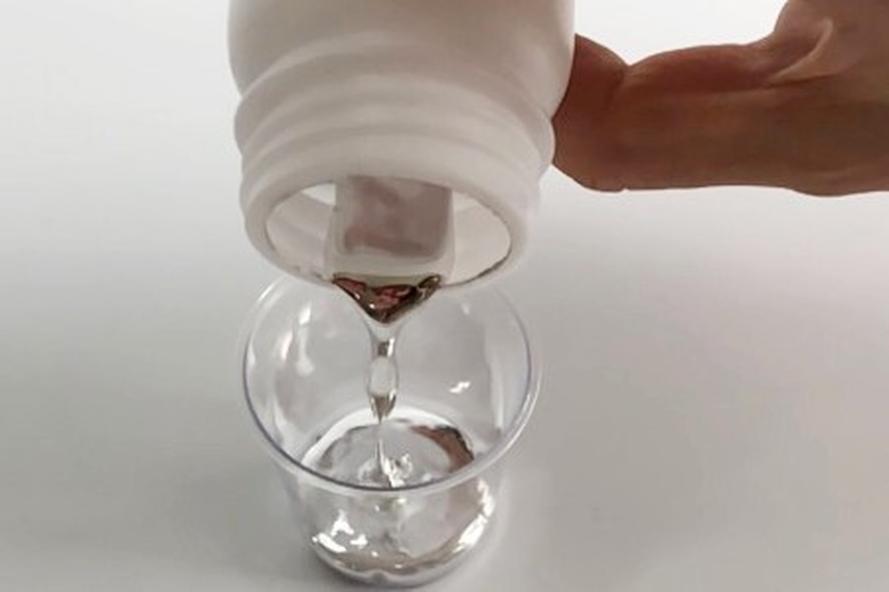
The most reliable way to prevent oxidation is to store galinstan inside a sealed ampoule. This creates an oxygen-free environment that preserves the alloy’s liquid form longer.
| Material | Pros | Cons |
|---|---|---|
| Glass | Transparent for display | Risk of breaking on solidification; sticking issues |
| Plastic (Polythene or Similar) | Durable; less risk of breakage; easy sealing | Less clear than glass; may degrade over time |
Glass ampoules offer clear visibility but carry a risk of breaking due to galinstan’s tendency to solidify under certain conditions. Sticking to glass surfaces is also a challenge, potentially complicating display and handling. Plastic ampoules sealed with UV resin provide a robust alternative minimizing these risks.
Plastic Ampoule Storage
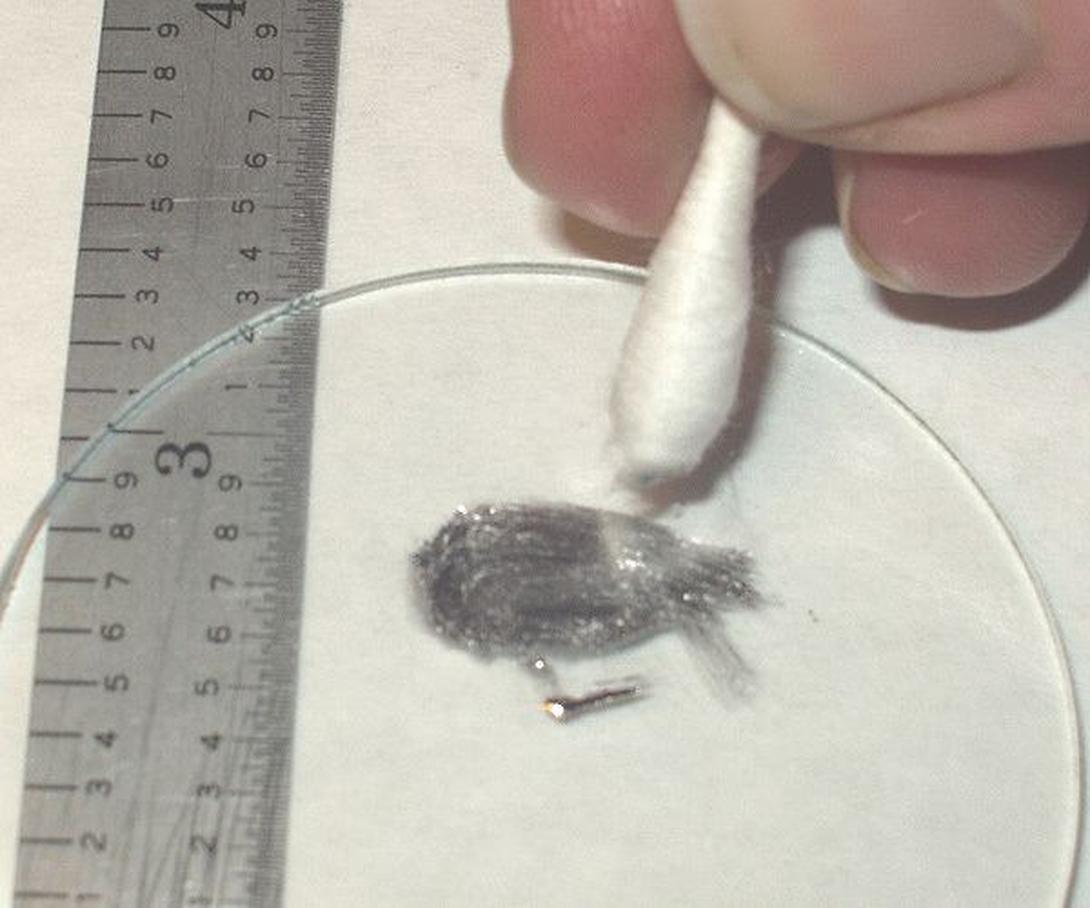
Using a plastic ampoule sealed with UV resin safeguards galinstan effectively. This method limits the alloy’s exposure to air and prevents leaks. It also allows for safer transport and display without the fragility of glass.
Practical Considerations for Display and Use

When using galinstan for applications like ballasts or demonstrations, consider the following:
- Galinstan’s density is approximately 6.44 g/cm3, useful for precise mass calculations.
- Sealed containers avoid contamination and oxidation during display.
- Regular monitoring and replacing the container may be necessary to maintain appearance.
Advances in storing techniques continue, with users updating best practices for long-term containment and display.
Key Takeaways
- Oxidation of galinstan is unavoidable but minimized through sealed storage.
- Plastic ampoules sealed with UV resin offer a practical balance of safety and visibility.
- Glass containers pose risks due to breakage and sticking during solidification.
- Understanding galinstan’s density aids in application as ballast or in precise uses.
- Commercial polythene containers are standard for gallium alloys but may not fully prevent oxidation.
How to Store and Display Liquid Galinstan? A Practical Guide for Enthusiasts
If you’re wondering how to store and display liquid galinstan without it turning into a crusty mess, the key lies in controlling oxidation—and the best method is sealing it tight, preferably in a plastic ampoule sealed with UV resin. Easy? Maybe not, but let’s unpack why and how.
Galinstan is a fascinating liquid metal alloy composed mainly of gallium, indium, and tin. It flows freely at room temperature. This makes it a great alternative to mercury, non-toxic, shiny, and attractive. But—here’s the catch—it loves to oxidize when exposed to air. And oxidation turns that shiny wonder into a dull, stubbornly crusty material you don’t want on your display shelf.
The Challenge: Oxidation Is Inevitable
First off, let’s get one fact straight: oxidation is inevitable when galinstan contacts air. Simply put, you can’t completely stop it from reacting with oxygen. But controlling the environment slows the process and keeps your galinstan looking fresh and liquid.
Here’s the simple truth: even with the best precautions, some oxidation sneaks in. Commercial users often turn to polythene containers for storing gallium and similar alloys. Polythene provides a decent barrier to oxygen and moisture, buying you time before oxidation dulls your galinstan.
Storage Methods: Sealed Ampoule Storage – The Gold Standard
Want the ultimate anti-oxidation hack? Seal that liquid metal into an ampoule—an airtight, sealed container.
- Why ampoules? Because sealing galinstan cuts oxygen exposure to near zero.
- Glass ampoules: A risky buddy. Galinstan can freeze or solidify under some conditions. Solid metal expanding inside a glass ampoule? Recipe for disaster. The glass breaks, and you’ve got a mess on your hands. Besides, preventing galinstan from sticking to glass remains an unsolved challenge.
So, glass ampoules sound like a no-go. Plastic ampoules, however, come to the rescue.
Plastic Ampoules and UV Resin: A DIY Winner
If you want a safe, practical home solution, try storing galinstan in plastic ampoules sealed with UV resin. It creates a tight, durable seal that keeps air out and galinstan in. I personally store mine this way, and it works pretty well.
Plastic is less fragile and handles the alloy’s occasional solidifying better than glass — no shattered glass fears here. Plus, you avoid tricky issues like the alloy sticking tightly to your container.
Display Tips: Show Off Your Liquid Metal Like a Pro
Displaying galinstan is about balancing visibility and protection. Your sealed plastic ampoule can become a conversation starter. Place it on a stand with good lighting to highlight the alloy’s shiny, silvery luster.
Consider these extra tips:
- Label your containers clearly—”Liquid Galinstan: Handle With Care”. It adds charm and caution at the same time.
- Avoid direct sunlight for long durations; UV might degrade your plastic sealing over time.
- Keep temperature steady. Fluctuations might cause unwanted solidification and expansion.
Bonus: Why Use Galinstan as Ballast—And What’s Its Mass?
Some folks ask, “I want to use galinstan as ballast. What’s the mass of a gallon of it?” This is more than a curiosity—weight matters when you’re trying to balance or stabilize equipment.
Galinstan has a density approximately 6.44 g/cm3, meaning it’s about 6.44 times heavier than water. A US gallon is roughly 3,785 cm3, so a gallon of galinstan weighs about 24.38 kilograms (about 53.7 pounds). That’s hefty stuff. It’s denser than water but lighter than mercury, making it ideal when you want a dense liquid ballast with much lower toxicity.
Reflecting on the Journey: Progress and Tips
Galinstan storage and display is evolving. Enthusiasts dropping in after a couple of years frequently note significant progress in practical tips and materials used. That personal touch—like sealing plastic ampoules with UV resin—makes all the difference.
Here’s a quick checklist before you embark on your galinstan storage adventure:
- Choose plastic ampoules over glass to avoid breakage.
- Seal ampoule openings with UV resin for airtight closure.
- Keep containers away from extremes of temperature and light.
- Label your containers clearly for safety and presentation.
- Remember: oxidation happens. Your goal is to slow it down—no magic stops it entirely.
That’s your toolkit for storing and displaying galinstan like a pro.
Final Thoughts
Galinstan is a remarkable liquid metal alloy. Its unique properties make it useful and fascinating, but it demands respect when it comes to storage.
Have you tried storing liquid galinstan before? What’s your secret weapon? Let’s hear your stories and tips.
With a bit of ingenuity—plastic ampoules, UV resin sealing, and smart display—your liquid galinstan can stay shiny and captivating, not a crusty relic. Who knew science and style could mix so well?
How can I prevent oxidation when storing liquid Galinstan?
Oxidation cannot be fully prevented. Commercial practice uses polythene to limit exposure. For better results, sealing the Galinstan helps reduce oxidation speed.
What is the best container for storing liquid Galinstan?
A sealed ampoule is best to stop oxidation. Glass ampoules can break if the alloy solidifies. Plastic ampoules sealed with UV resin are safer and workable options.
Is glass a suitable material for storing liquid Galinstan?
Glass can break if Galinstan solidifies inside. It may also stick to glass surfaces. Plastic containers are generally preferred to avoid these issues.
How do I seal liquid Galinstan in a plastic ampoule?
Sealing with UV resin is an effective personal method. This creates a secure closure that limits air exposure and oxidation risks.
Can liquid Galinstan be used as ballast and how does its mass compare?
Yes, it can be used as ballast. Its density is high, but exact mass depends on volume. Storage containers must hold the weight safely.


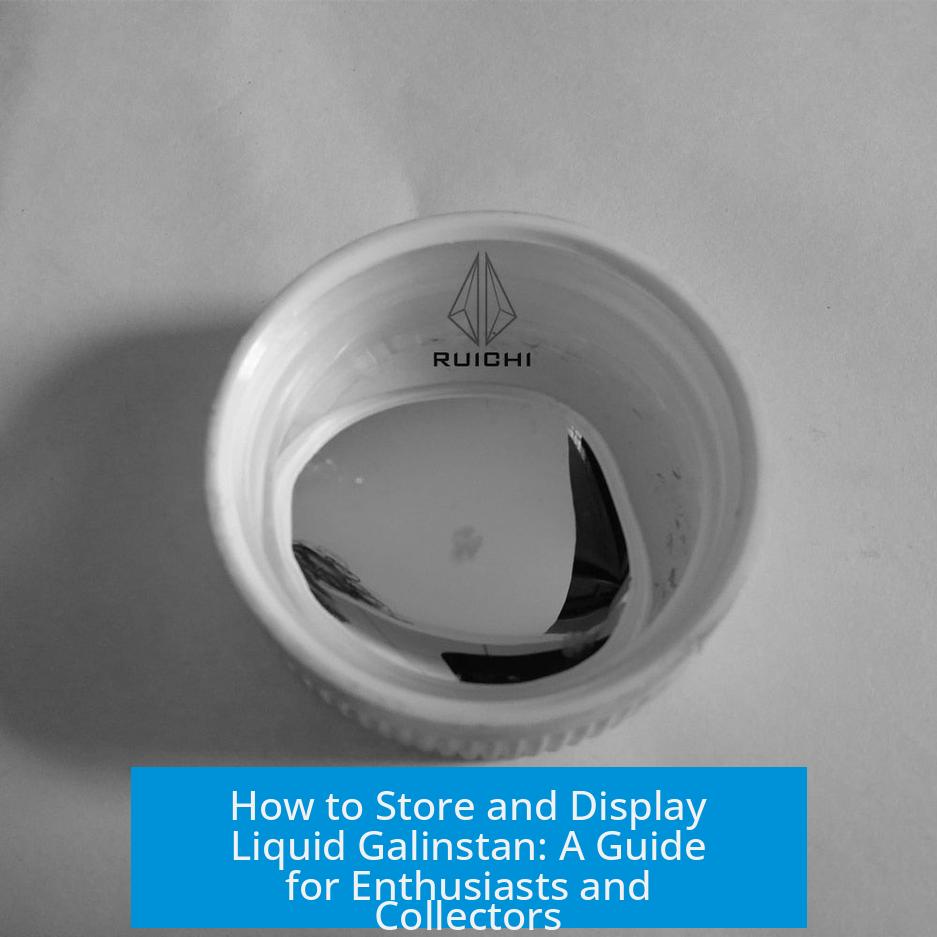


Leave a Comment